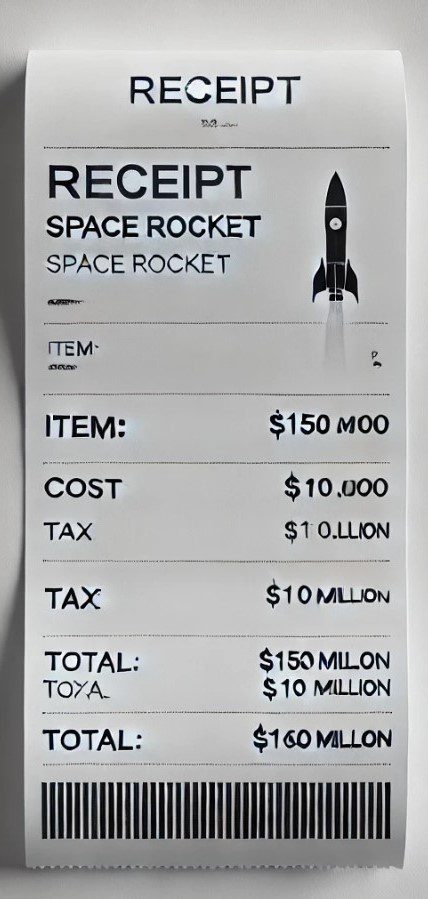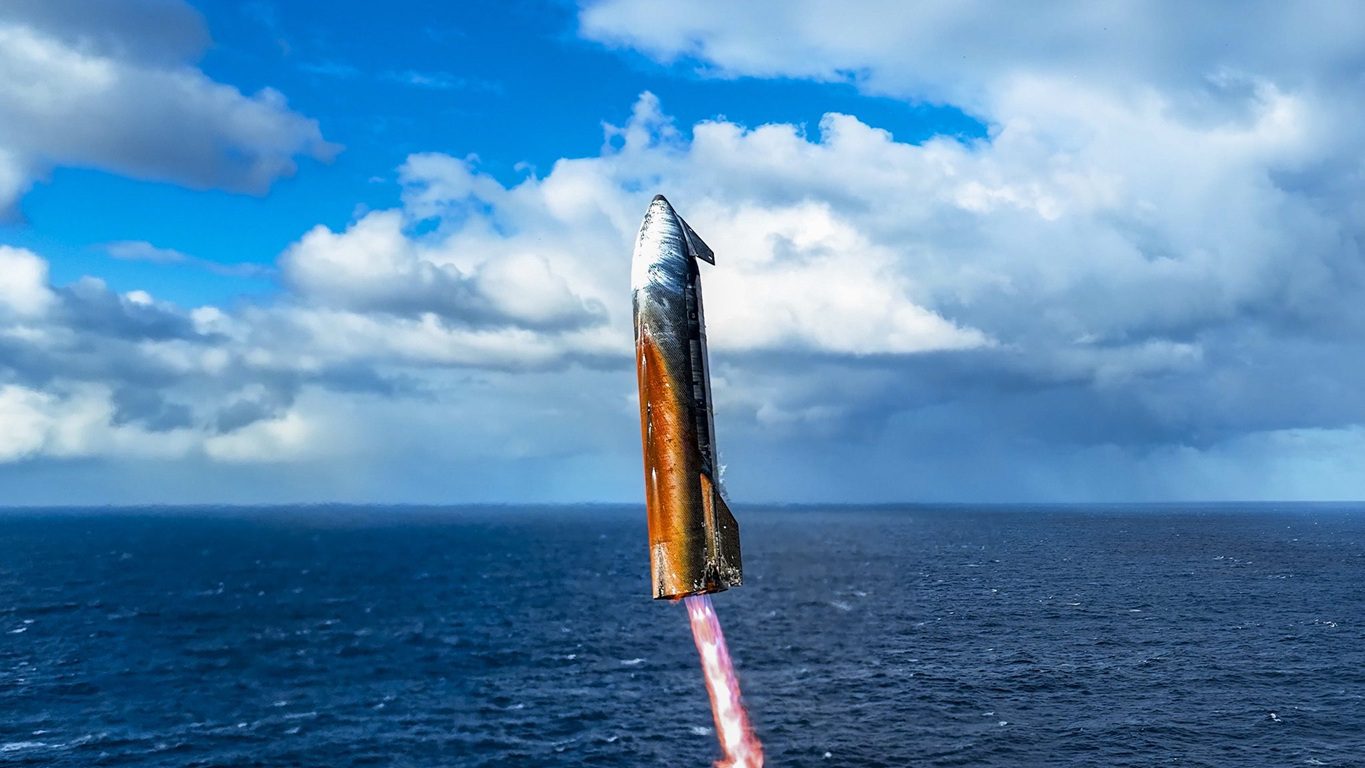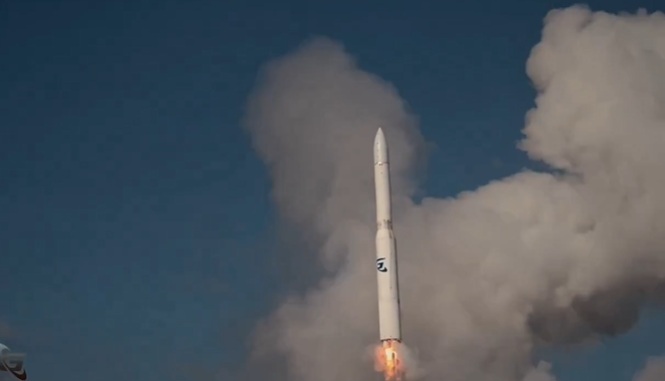NASA has announced that the Argentinian SAC-D spacecraft failed in orbit on 8 June 2015, one year before the end of its five year design life. SAC-D was launched on 10 June 2011. The cause of the failure was due to the failure of a remote terminal unit which effected the power regulation of the spacecraft and prevented proper spacecraft stabilisation via its attitude control system. Owned and operated by CONAE – Argentina’s space agency in conjunction with NASA, the 1,350kg spacecraft was built by Argentina’s INVAP organisation. It was carrying the Aquarius instrument for NASA which was remotely measuring salinity in oceans and soil moisture on land. The sensor had a three year design life so achieved its mission objectives.
Argentina’s SAC-D fails in orbit taking NASA Aquarius instrument with it
About Seradata
Seradata produces the renowned Seradata database. Trusted by over 100 of the world’s leading Space organisations, Seradata is a fully queryable database used for market analysis, failure/risk assessment, spectrum analysis and space situational awareness (SSA).
For more information go to https://www.seradata.com/product/
Related Articles
Stay Informed with Seradata
Stay informed on the latest news, insights, and more from Seradata by signing up for our newsletter.






